When my Virtual Oscilloscope was mistaken for just a picture!
This story always reminds me how much work we still have to do in Lebanon to bridge the gap in technological literacy among educators!

This story always reminds me how much work we still have to do in Lebanon to bridge the gap in technological literacy among educators!
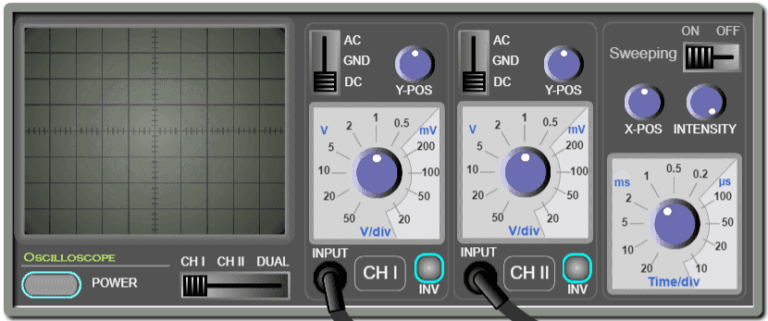
Designed to replicate the functionality of a real oscilloscope, the Virtual Oscilloscope has captivated the attention of students, educators, and electronics enthusiasts alike. Its intuitive interface and accurate waveform representations have garnered positive feedback, making it an invaluable resource for anyone interested in circuit analysis and electronic waveforms. I extend my gratitude to all those who have supported me and invite others to join this immersive learning experience.
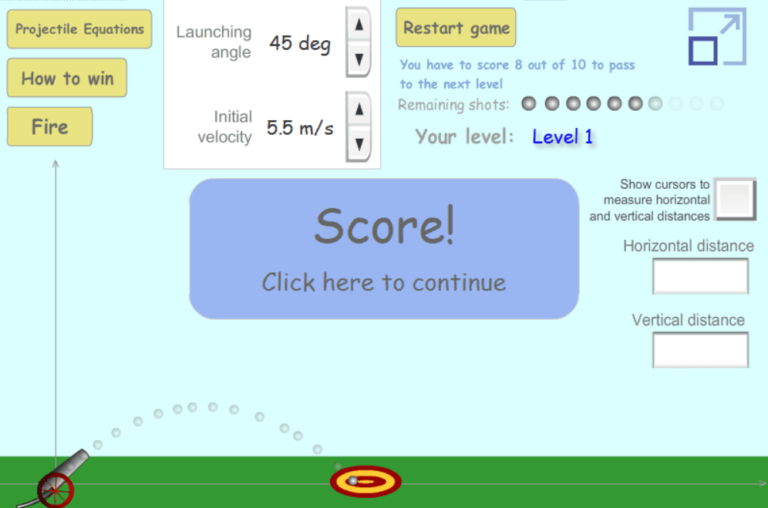
In this game, you must employ the projectile equations to win.
The game consists of three levels, each of which must be completed by scoring at least 8 out of a possible 10 tries. In the first level, you must hit a ground target that shifts position after each attempt. In the second level, you will need to alter the ball’s trajectory to pass over a wall. In the third level, the target flies and changes position both horizontally and vertically in each trial.

توقفت عن التفكير كمبرمج في تلك المرحلة وعدت إلى التفكير كفيزيائي. لقد أذهلني كيف يمكننا محاكاة الظواهر الفيزيائية ببضعة أسطر من التعليمات البرمجية.

These lines portray a tale of creation and vanishing. It describes the creation of a photon, its subsequent disappearance when an electron absorbs it on the cathode plate’s surface, the subsequent departure of the electron from the cathode, and lastly the eventual disappearance of the electron when it reaches the other plate and captured.
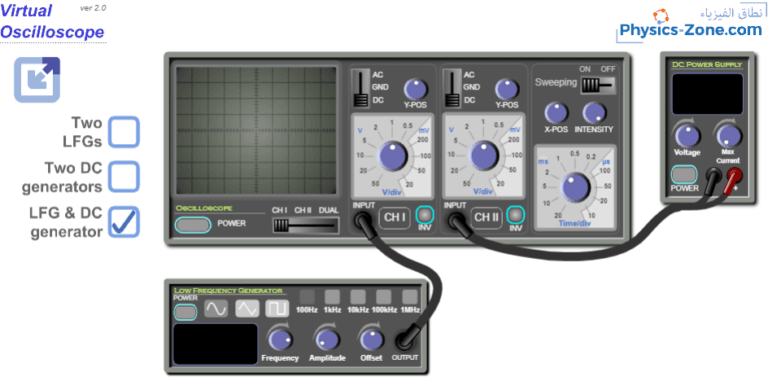
The paper: Using a web-based and stand-alone oscilloscope for physics experiment during Covid-19 pandemic, Mahizah Ismail et al (2023), Phys. Educ. 58 015006, is based on the Virtual Oscilloscope simulation. This paper was authored by Mahizah Ismail, Farid Minawi, Wan Zul Adli Wan Mokhtar, Noraihan L Abdul Rashid and Ahmad K Ariffin.
The article DOI: https://iopscience.iop.org/article/10.1088/1361-6552/ac95eb
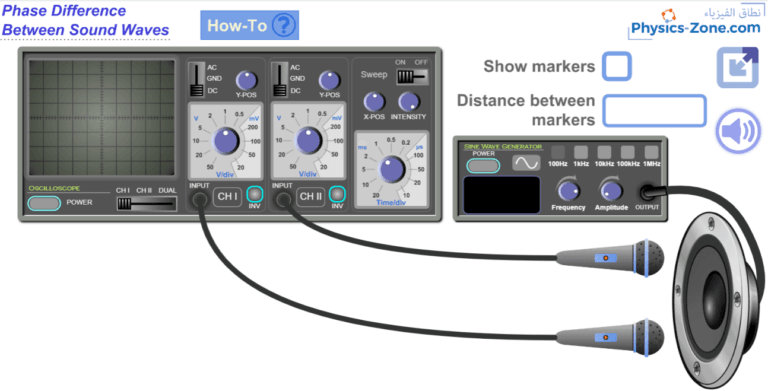
With this rich simulation, you can visualize and measure the phase difference between two sound waves using two microphones connected to an oscilloscope. Moreover, you can determine the speed of sound in air by measuring the distance between the two microphones when their waveforms are in phase, taking into account the frequency of the sound wave that is controlled by the sine wave generator.
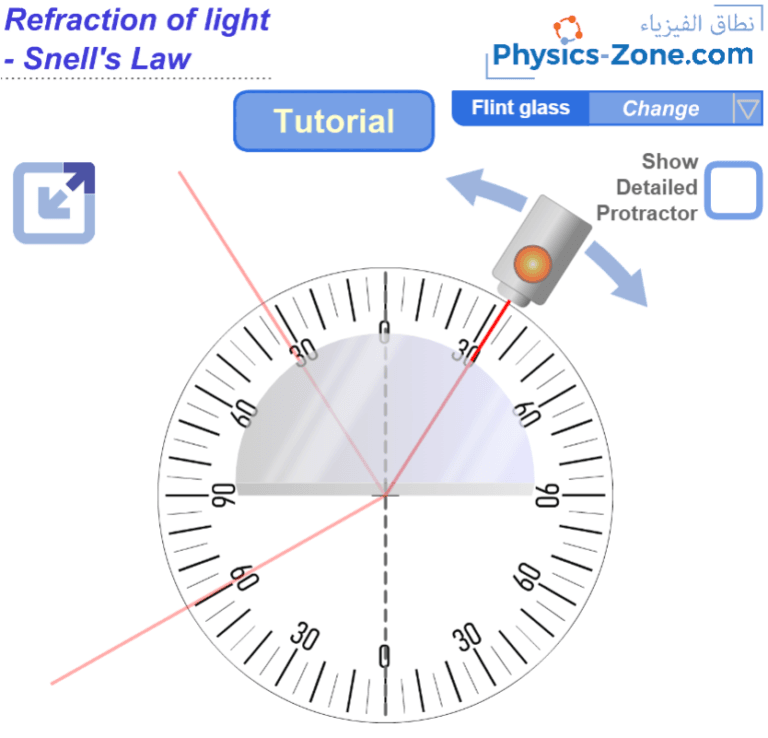
With this simulation, you can experiment the refraction of light between air and a transparent semi-disk. You can choose the material of the disk from a list of materials. Also, you can determine the index of refraction of the semi-disk when you apply Snell’s law to measurements you take in the simulation.
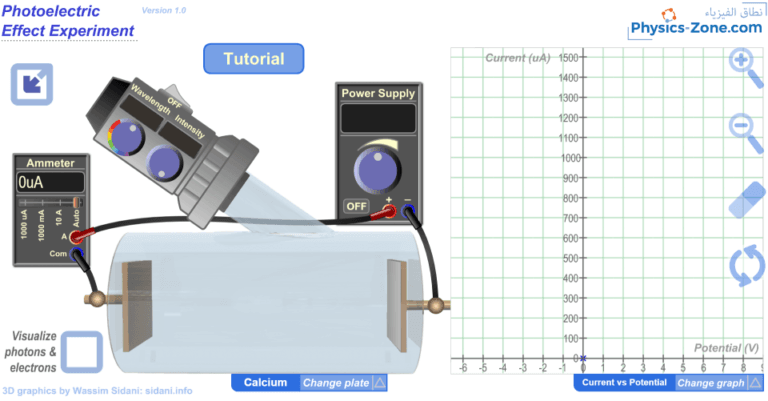
With this comprehensive and realistic-like photoelectric effect experiment simulation, you will be able to illustrate the following:
The variations of the photocurrent versus potential.
The variations of the photocurrent versus light intensity.
The variation of the kinetic energy of the ejected electrons versus the incident light frequency.
It comes with a graph where you can trace each type of variation as you vary the parameters of the experiment.
Plus, you can experiment and discover more with this simulation.
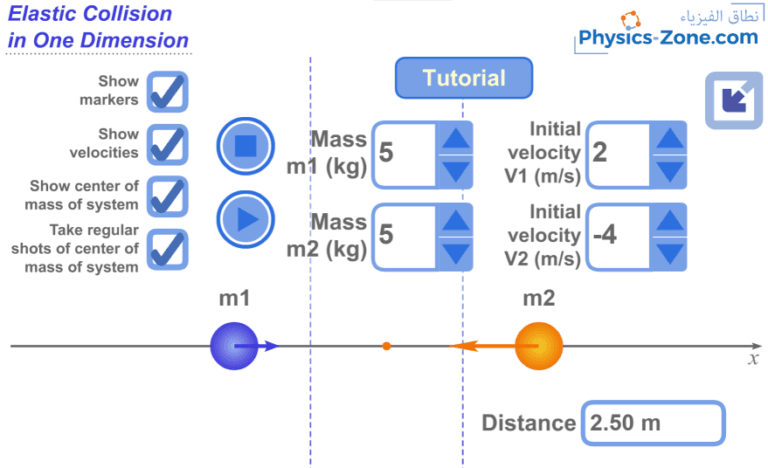
Using this simulation, you can demonstrate the conservation laws in a one-dimensional elastic collision (The law of conservation of linear momentum and the law of conservation of kinetic energy).